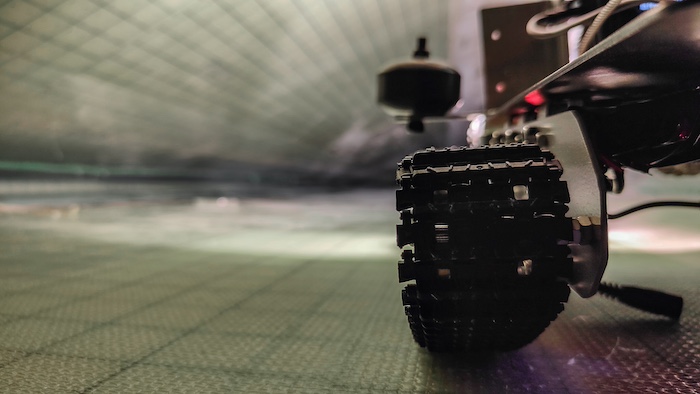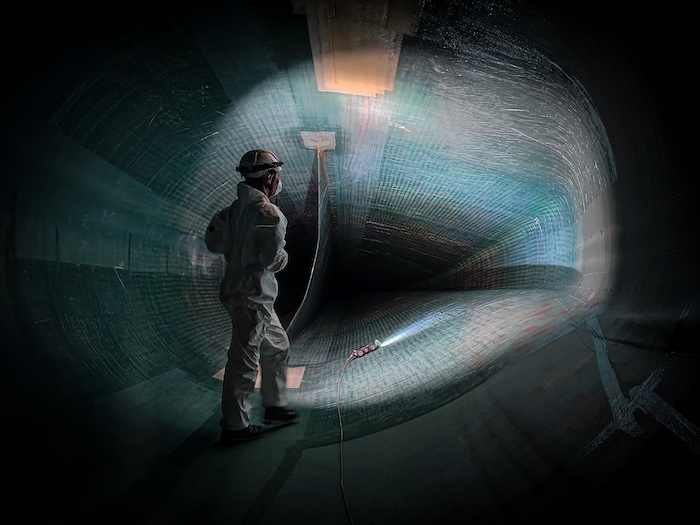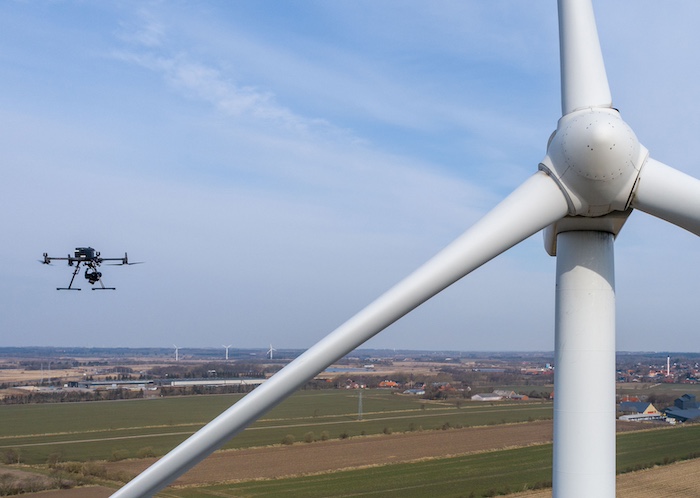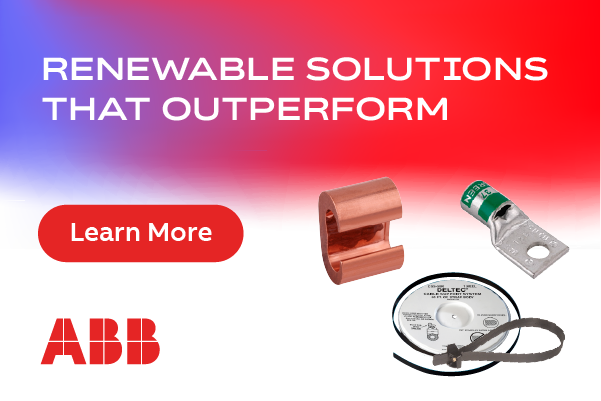Inspecting Inside and Out for Blade Hazards
Image data from visual inspections is nearly always the starting point for planning a blade maintenance campaign. Historically, external visual inspections of the outside of the blades have been the dominant dataset because they are less expensive to collect; no one needs to climb the tower to gather images of the blades. Ground-based cameras were initially employed, which then gave way to drones and automation that increased both the quality of images and the efficiency of collecting those images.
Recently, however, we have seen a significant increase in requests for internal blade inspections, despite the extra cost involved in collection. Why the recent increase? What types of problems does each inspection type detect? How should customers think about using them in managing their fleet?

Internal inspections come in more shapes and sizes because the process already involves sending people up the tower. Some are done entirely manually by having the technician crawl into the blade with a flashlight and a camera. Others involve using manually operated robots (including drones) to assist in data collection. Internal inspections often go beyond visually documenting the inside of the blade, and include tasks like checking the lightning protection system cables and doing tapping or other non-destructive testing on suspicious spots inside the blade.
What problems is each process useful for detecting? Erosion of the leading edge is an easy one, as this problem starts from the outside of the blade and works its way in; an external visual inspection is the obvious choice for identifying these problems. Similarly, lightning strikes generally happen near the tip of the blade where getting an internal view can be nearly impossible. Since the outside of the blade features receptors that can be visually inspected for damage, an external visual inspection is generally the first tool for detecting lightning strikes (a test of the lightning protection system, or LPS, is another valuable diagnostic). Laminate cracks, however, are a crossover problem. While they can be spotted from either an external inspection or an internal one, cracks on the inside can often be detected sooner since the surfaces are not painted, and early laminate stress can be seen in the form of whitish areas.

Internal inspections are where most structural problems will be best assessed. Large stress cracks will show up in the laminate and can corroborate things seen from the outside. Bond line failures around the sheer webs and spar caps, as well as any problems with the root structure (connecting root bolts, etc.) are identified through an internal inspection. The LPS down conductor cable is also accessible from inside the blade, and sometimes there is obvious visual damage related to lightning flash overs from the laminate.
A few final observations before moving to suggestions on using these tools: Most of the structural problems detected from the inside will require expensive repairs, so the earlier they are detected, the better. Problems like laminate cracks are usually visible from the inside before they can be seen on the outside. External inspections can be enhanced using thermal sensing to reveal problems in bond lines, but managing the heat source is tricky so reliable results can be tough to produce.

How, then, to decide on using these tools? Cost is certainly a major factor – internal inspections can be five times more expensive per wind turbine than external inspections. If the assets are approaching the end of their warranty period, an external inspection can be a cost-effective way to document their condition at transfer. If the blade models on site are known to have structural problems, internal inspections will be much better at detecting those and, as mentioned before, the earlier those are detected the better. If previous external inspections have revealed cracks in the exterior of the blades, those should all be further investigated via internal inspections. Collecting accurate distance-to-the-root information will allow an internal inspection to provide further insight into suspicious cracks seen from the outside.
At the end of the day, what’s most important is adopting a data-driven approach to getting the most from a finite blade maintenance budget. High-quality data consistently collected is the cornerstone of this approach. For visual inspections, image resolution, lighting, and focus, and accurate measurements of defect size and location from the root of the blade can be the difference between a maintenance campaign that accomplishes its objectives on time and budget, and one that rapidly falls behind when repair teams discover something unexpected when they arrive to do their work.
Rogers Weed is a Managing Director for the Clobotics Wind Services Americas Region. Clobotics Wind Services provides cutting edge wind turbine blade inspection and maintenance services all over the world.
Clobotics Wind Services | clobotics.com
Author: Rogers Weed
Volume: 2024 May/June








